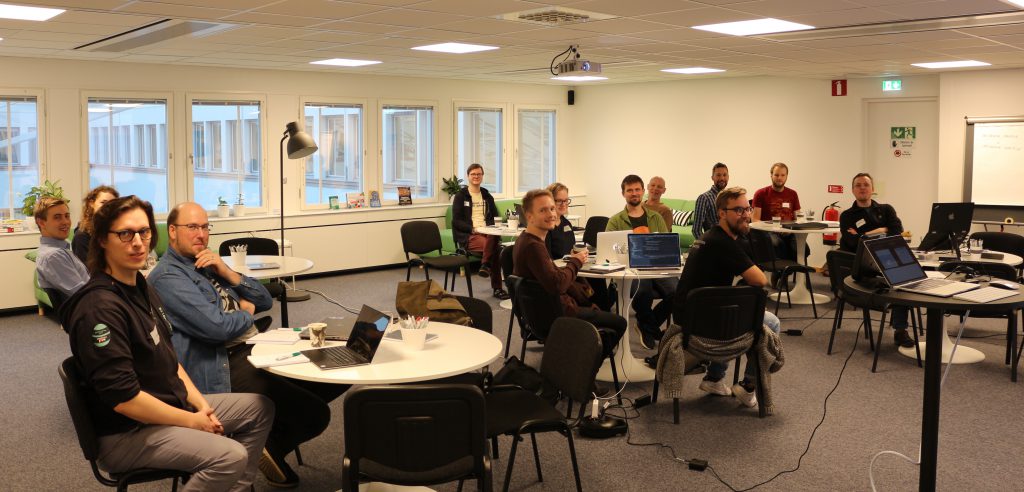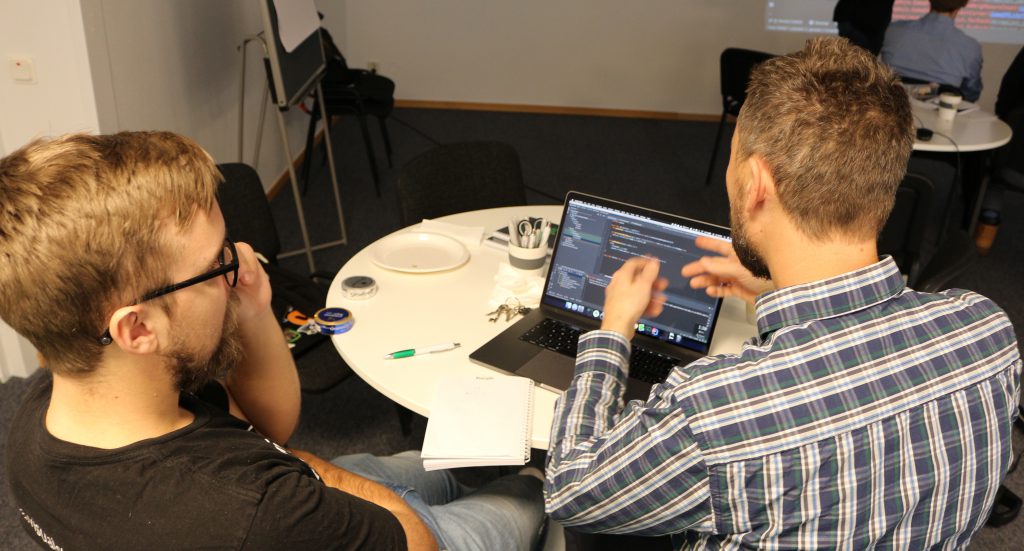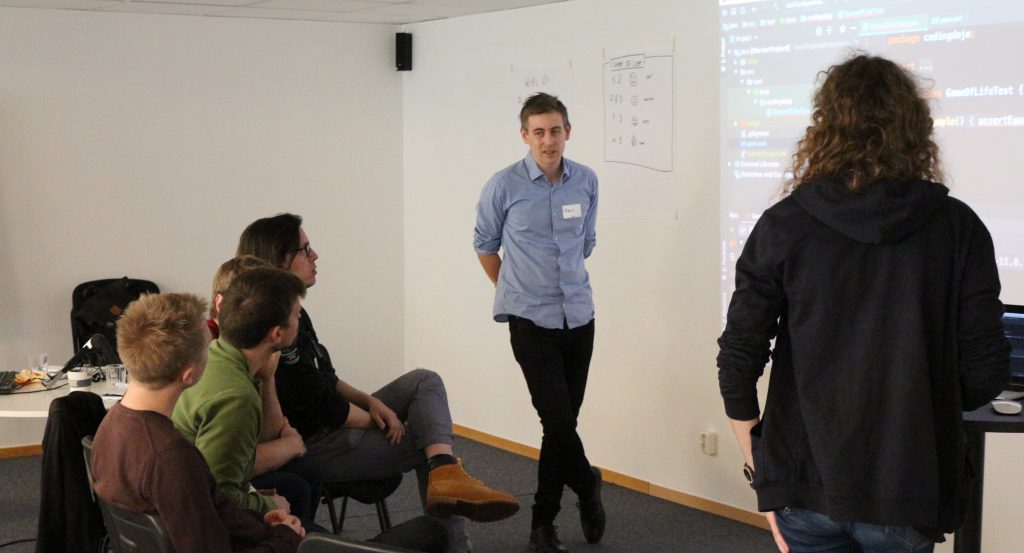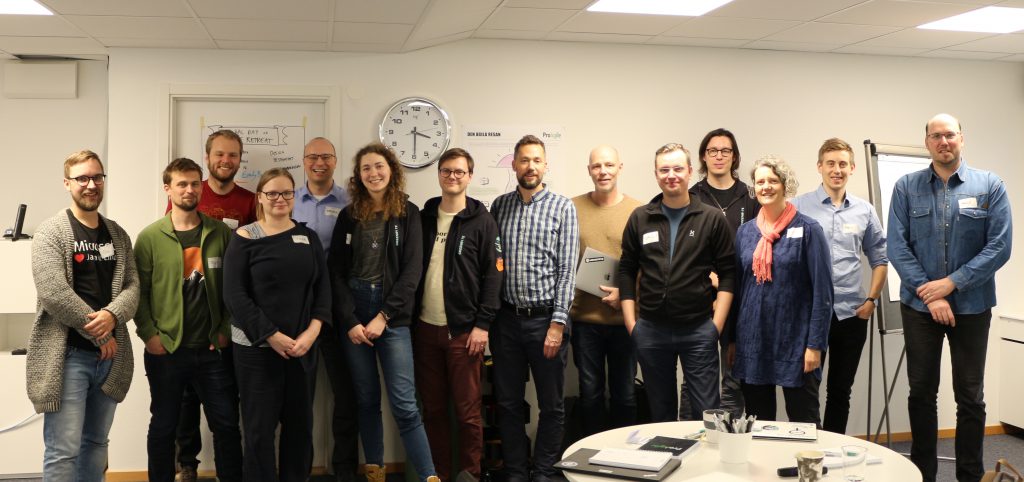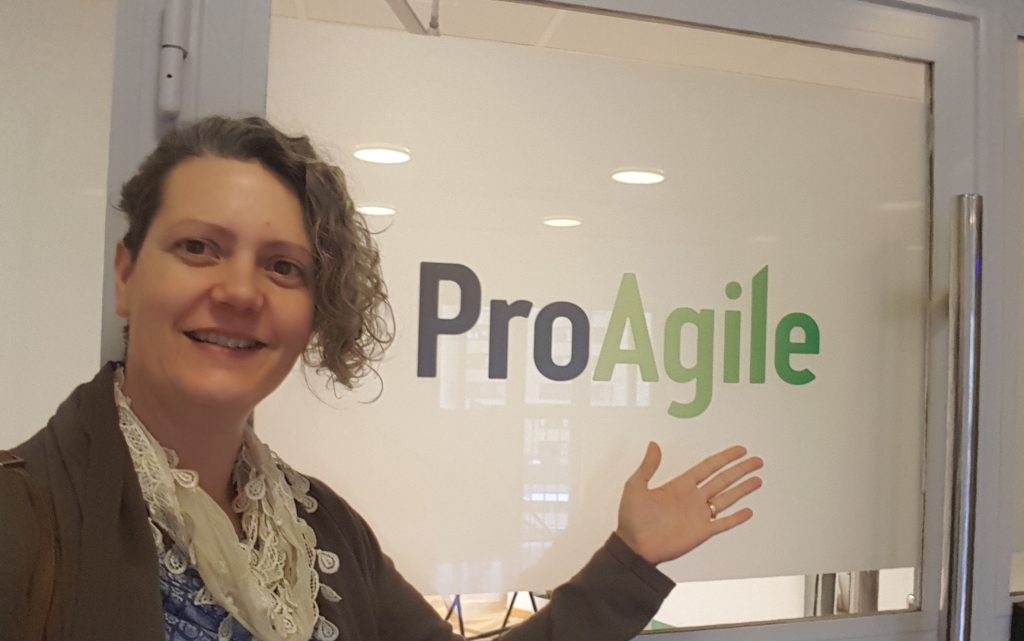How your team actually writes its code is very important if your organization is trying to build products in an Agile way. This post considers the risks associated with insufficiently Agile coding practices and explains how to identify them before they become major issues.

Nearly every software organization has high ambitions for increasing their agility and yours is probably one of them. It’s common to bring in experienced coaches to help teams operate with more agility and to discover ways of delivering more value. But, if you’re working on software products, you’ll find it’s hard to realize some of the benefits of Agile without changing the behaviour of developers in the codebase. Too many coaching efforts place little or no emphasis there.
Agile Coaching helps your business to become more successful by improving the way you plan and deliver software. Technical Agile Coaching specifically focuses on how people write code. How do you know if you need Technical Agile Coaching? Here are three signs.
You spend more time fixing bugs than building new features
Look at all the tasks you work on each week. Ask yourself how much time is being spent on innovative new features, and how much on fixing defects in existing features? For some teams the answer can be as little as 5% of time spent on proactive new work. Now ask yourself – how much more money would our organization make if we spent less time on fixes and more on delivering new features?
Turning this situation around is about increasing the quality of your work so that fewer fixes are needed, resulting in more time for innovation. Often, the root cause of defects is technical debt and code that is hard to understand and change.
You can mitigate against this by training your developers to build in quality from the start. Technical Agile Coaching helps teams to improve automated tests and reduce technical debt by demonstrating various techniques and practices for evolving design safely.
Delivery of new features is delayed, sometimes more than once
Are your new features around 80% done for long periods and then take forever to be actually ready for release? Often this is the biggest complaint from customers and other stakeholders. How much would it be worth to your organization for new functionality to be available reliably and on time?
Late deliveries are often caused by developers not collaborating effectively in the code. To build a new feature they need to bring the whole team’s expertise to bear, and integrate their work seamlessly. Typically, the coding work is not divided up in a way that makes collaboration easy, and changes are not integrated until late in the process.
Technical Agile Coaching helps developers to deliver on time: reliable automated regression tests promote better collaboration with a shared view of the current status; teams learn to divide up the coding work and integrate changes far more frequently than the interval between external deliveries; developers learn to use their tools better and to communicate effectively within the team so they can complete tasks more reliably.
Developers complain the code is so bad they need to re-write the whole thing
Sometimes developers ask for a hiatus in new feature development for several months, even a year, so they can start over by rebuilding the same functionality using new tools and frameworks. This is a significant cost to your business, and a large risk. A more staged approach carries far less risk and allows you to build better functionality with much more manageable cost.
Usually, an organization arrives in this situation after many years of accumulated technical debt. The technologies chosen originally become outdated and are not upgraded in a timely way. Developers make design decisions and then leave without fully documenting or otherwise transferring design knowledge to new team members. New features are added that were not anticipated in the original design. Gradually the code quality declines and it becomes harder and harder to work with.
Technical Agile Coaching helps developers gain better control over existing code, so they can continue working with it and building new features. Teams learn to migrate code to newer technologies in a series of smaller, less risky steps, adding new functionality as they go. Developers learn to pay off technical debt and to communicate better about design decisions.
Benefits of Technical Agile Coaching
Technical Agile Coaching helps developers to change the way they work, day to day, minute by minute, in their codebase. They learn to increase the quality of the code in their product and work more effectively as a team. The coach works closely with the developers while they are writing code to remind, reinforce, teach, and demonstrate Agile practices. With Technical Agile Coaching you should expect to see the following benefits:
- Reductions in technical debt
- Better automated regression tests
- Improved communication between developers within the team
- Smaller, safer changes integrated often and documented well
- Improved effectiveness using team development tools and IDEs.
Technical Agile Coaching helps a team to improve how they write code, and begin to use more effective agile development practices together.
If you’re interested in getting some Technical Agile Coaching, please contact us at ProAgile. We have many coaches with a lot of experience in agile development and several with technical coaching expertise.
